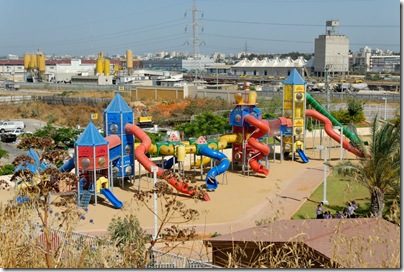I don’t have access to the particular guide referenced, but I don’t doubt that it is true. Of course, the statement was made in a different day and age. But now that politics are different, so is truth.
From a letter to the editor, Jerusalem Post, Oct 31, 2007:
Sir, – I read with interest “Jerusalem mufti: Western Wall was never part of Jewish temple” (October 25).
The kind of denial by former mufti Ikrema Sadi is somehow disputed by no more and no less than the institution he represents: the Supreme Muslim Council. In an official guide published by the council in 1930, it states: “This site is one of the oldest in the world. Its sanctity dates from the earliest times. It’s identity with the site of Solomon’s Temple is beyond dispute. This, too, is the spot, according to universal belief, on which ‘David built there an altar unto the Lord, and offered burnt offerings and peace offerings’ from 2 Samuel XXIV, 25.”
The rest is here.
UPDATE (11/21): Reader Sean Q has located a copy of the guide and has scanned it. You can download it in pdf format here.


